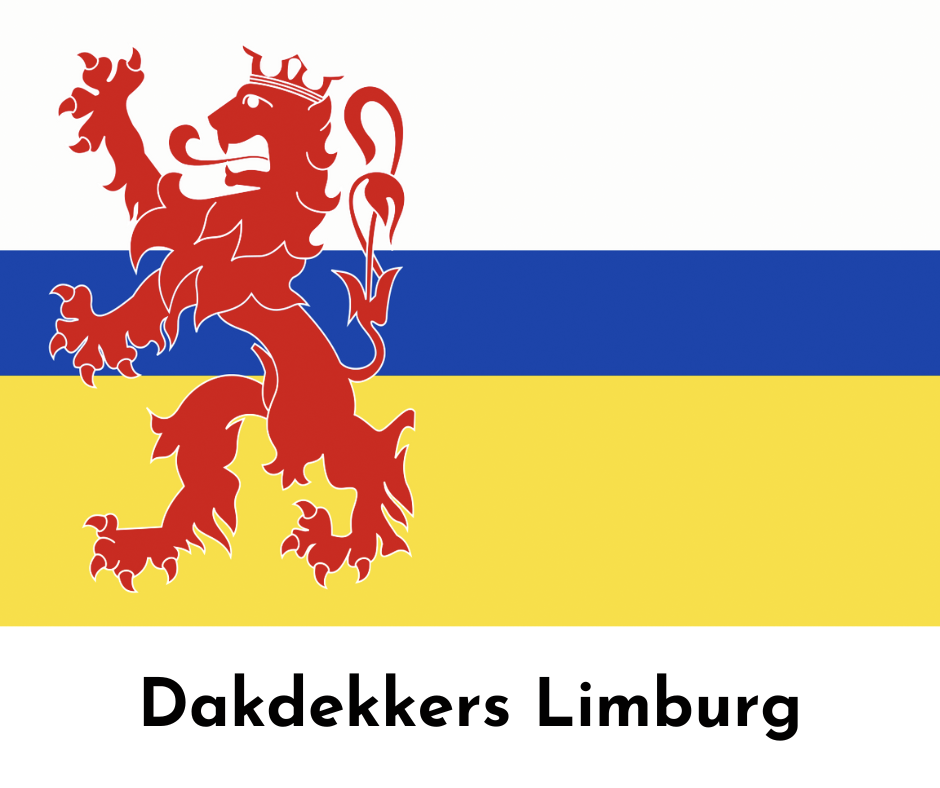Limburg, a province in the southeastern Netherlands, is often celebrated for its rolling hills, charming villages, and rich history. One of the most intriguing aspects of Limburg’s architectural landscape is undoubtedly its roofs. From the vibrant colors of traditional tiles to the quirky angles of modern designs, these roofs tell a unique story about the region's culture and heritage. This article takes you on a photographic journey through Limburg’s most iconic roofs, exploring their significance, styles, and the artistry involved in their construction.
Limburg’s Most Iconic Roofs: A Photographic Journey
When we think about architecture, our minds often drift toward grand facades and intricate interiors. However, roofs play an equally vital role in defining a building's character. Check out here In Limburg, roofs are not merely functional; they are artistic statements that reflect the local culture and craftsmanship. The province is home to various styles ranging from traditional Dutch gables to contemporary minimalist designs.
In this journey through Limburg's rooftops, we'll explore how historic events shaped these structures' forms and materials. We'll delve into the stories behind iconic buildings and their roofs and showcase stunning photographs that highlight their beauty. So buckle up as we embark on this visual tour!
The Historical Significance of Limburg’s Roofs
Roofs have always held historical significance in architecture. In Limburg, they provide insight into the region's past—from medieval times to modern-day developments.
Medieval Architecture and Roof Styles
During the medieval era, roofing styles were predominantly influenced by practicality and local materials. Traditional homes often featured steeply pitched roofs designed to shed snow quickly during harsh winters.
Gabled Roofs: The Iconic Profile
One of the most recognizable roof types in Limburg is the gabled roof. Characterized by its triangular shape at either end of a building, it has deep historical roots in Dutch architecture.
- Materials Used: Traditionally made from clay tiles or thatch. Functionality: Provides excellent drainage while maximizing attic space.
Evolution Through the Ages
As time progressed, architectural styles evolved alongside societal changes. The Renaissance period introduced more ornate designs that included decorative elements like dormer windows and elaborate cornices.
Modern Roofing Trends in Limburg
Today, Limburg embraces innovation while respecting tradition. Several new roofing trends have emerged that blend sustainability with aesthetic appeal.
Sustainable Roofing Solutions
With growing environmental awareness, many architects in Limburg are adopting eco-friendly materials for roofing projects.

Iconic Building Rooftops Worth Photographing
Some rooftops in Limburg have become icons in their own right. Let's take a closer look at a few must-see buildings with stunning roofs:
St. Servatius Basilica (Maastricht)
Considered one of Limburg's architectural jewels:
- Roof Style: Romanesque with distinctive barrel vaults. Photography Tip: Capture this majestic structure at sunrise for breathtaking lighting effects.
The Bonnefanten Museum (Maastricht)
This contemporary art museum features an impressive angular roof:
- Architectural Significance: Designed by Aldo Rossi. Photography Tip: Experiment with angles to showcase its unique silhouette against the skyline.
The Artistry Behind Roofing Techniques
Creating beautiful roofs involves skillful craftsmanship passed down through generations.
Traditional Tile-Making Techniques
Many iconic roofs feature handcrafted clay tiles:
- Process: Clay is molded into shapes before being fired in kilns. Artisan Skill: Master tile-makers spend years perfecting their craft.
Modern Innovations in Roofing Materials
Innovation has led to new materials like synthetic shingles that mimic traditional aesthetics while offering improved durability.
Cultural Influences on Roofing Styles
Limburg's diverse cultural influences have resulted in a unique blend of roofing styles across different towns and villages.
Dutch vs. Belgian Influences
Being close to Belgium means that certain areas exhibit Belgian architectural influences:
- Characteristics: More ornate details compared to simpler Dutch designs.
Photographic Techniques for Capturing Iconic Roofs
A well-composed photograph can convey emotions tied to these structures' beauty.
Best Times for Photography
Golden hour—just after sunrise or before sunset—offers soft lighting ideal for shooting rooftops.
Using Leading Lines and Composition Techniques
Positioning your camera at strategic angles can enhance depth:
- Leading lines: Use roads or pathways leading up to buildings.
Accessing Hidden Gems Off the Beaten Path
While famous landmarks are essential stops on any photographic journey through Limburg, don’t overlook hidden gems tucked away in smaller towns like Eijsden or Berg en Terblijt.
Exploring Small Villages for Unique Rooftop Designs
These villages offer quaint houses featuring traditional roofing styles often overlooked by tourists:
- Tip: Visit during local festivals when decorations highlight architectural details!
FAQs About Limburg’s Most Iconic Roofs
What are some common roofing materials used in Limburg?- Common materials include clay tiles, thatch, slate, wood shingles, and modern synthetic options designed for durability while maintaining aesthetics.
- Yes! Local municipalities often have regulations protecting historical buildings that may dictate design choices regarding color or material used for renovations or new constructions.
- Many local tourism offices provide information about guided tours specifically aimed at photographers interested in capturing architecture throughout Limburg!
- Spring offers vibrant colors with blooming flowers around buildings; however autumn provides stunning foliage backdrops too!
5. How do I ensure respectful photography when capturing people's homes?
- Always seek permission if intending to photograph private residences; being polite goes a long way!
6. Can modern architecture coexist with traditional styles effectively?
- Absolutely! Many architects today strive to respect historical contexts while incorporating innovative designs harmoniously within existing landscapes.
Conclusion
Limburg's rooftops are not just coverings but rather narratives woven into fabric—the very essence—of what makes this region so special! From historical masterpieces like St.Servatius Basilica showcasing ancient craftsmanship techniques passed down generations ago—to modern museums pushing boundaries—the stories told through these structures’ silhouettes captivate anyone lucky enough to witness them firsthand!
As you embark on your own roofing business directories photographic journey through “Limburg’s Most Iconic Roofs,” may you find inspiration among these beautiful sites—each telling its tale waiting patiently beneath painted skies.